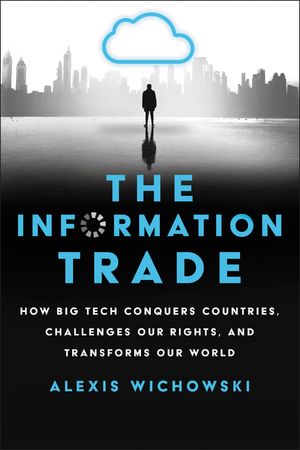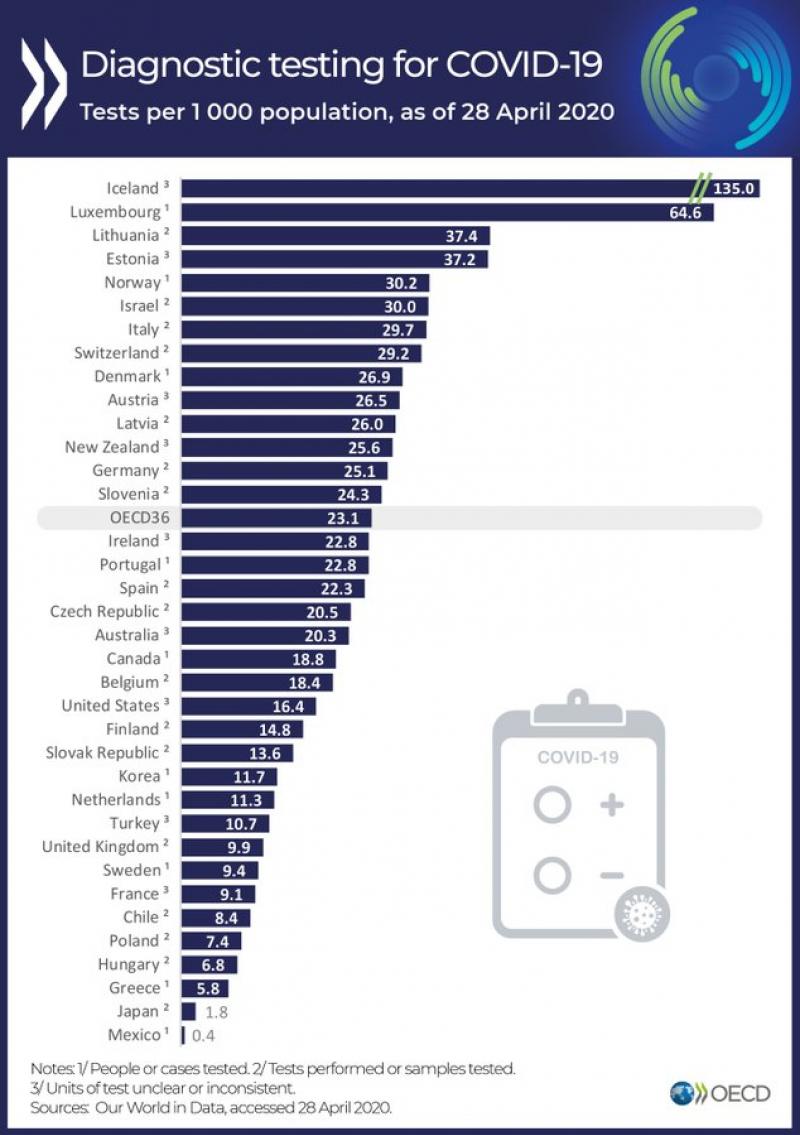What does google know about you?. Right now they have developed a new API with Apple to control citizen location and contacts. This is the perfect tool for the end of privacy with the excuse of a pandemic.
In a recent book, all these strategies are clearly explained, specially how they defeat the democracy.
WE’RE IN A WORLD STILL DOMINATED BY NATION-STATES, BUT INCREASINGLY influenced by the actions of net states. Nation-states continue to own the physical territories within their borders, but net states wield significant power both within and across country space, guiding events that affect us both on an individual and on a global level. Therefore, we need to get smart about what net state power really looks like, and quick.
One country that’s excelling in its efforts to do so is Denmark. In 2017, it opened a door that has the potential to radically alter our existing geopolitical order: it appointed a new ambassador to capital-T Tech itself. Ambassador Casper Klynge is the world’s first-ever tech ambassador. His mandate: to establish diplomatic relations between Copenhagen and Tech. And what exactly that looks like is all fresh territory, yet to be discovered. Fittingly, his office operates as a virtual embassy, with three physical manifestations: one in his home base of Copenhagen and two in the most powerful tech hubs on Earth—Silicon Valley, California, and Beijing, China.
And the film, The creepy line, adds more concern on the same issue.




